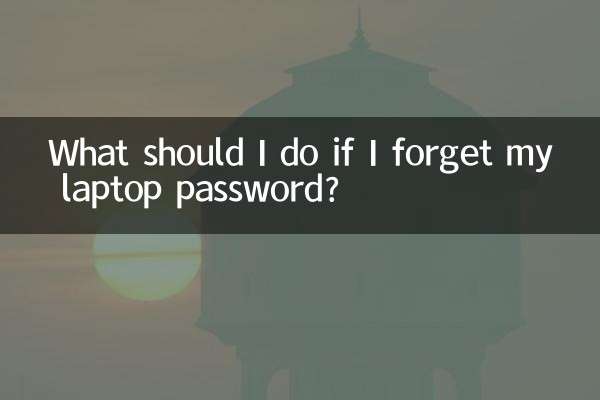How to charge mobile phone lithium batteries: scientific methods and common misunderstandings
With the popularity of smartphones, the charging method of lithium batteries has become the focus of users. How to charge properly to extend battery life? The following is a structured analysis based on hot topics and scientific research across the Internet in the past 10 days.
1. Core principles of lithium battery charging

Modern mobile phones commonly use lithium-ion batteries, which have different characteristics from traditional nickel-metal hydride batteries. Here are the key takeaways:
| Charging principle | scientific basis | User suggestions |
|---|---|---|
| Avoid overcharge and overdischarge | Lithium batteries have the longest cycle life in the 20%-80% range | Maintain 30%-80% power during daily use |
| Stay away from extreme temperatures | High temperature (>40℃) will accelerate battery degradation | Remove the phone protective case when charging |
| No need to deliberately drain the battery | Deep discharge will damage the electrode structure | If the battery power is lower than 20%, please charge it in time |
| Fast charging has limited impact | Modern fast charging technology has a temperature protection mechanism | Prioritize the use of original chargers |
2. Analysis of common charging misunderstandings
Based on recent social media discussions, we have compiled common myths and truths:
| Misunderstanding | facts | Data support |
|---|---|---|
| It takes 12 hours to charge a new phone | The lithium battery is activated at the factory and does not need to "wake up" | Apple officially recommends charging to 100% for the first time |
| Do not use your phone while charging | Normal use will not be affected, but games/videos will heat up | GSM Arena test shows that the temperature difference is about 3-5℃ |
| Shut down and charge faster | System standby power consumption is only 0.5-1W, the difference is negligible | AnandTech measured difference <3 minutes |
| Off-brand chargers are more harmful to the battery | Poor quality chargers may have unstable voltage | The failure rate in random inspections by China’s General Administration of Quality Supervision, Inspection and Quarantine reaches 34% |
3. Best Charging Practices
Based on battery expert advice and manufacturer guidelines, the following operating procedures are recommended:
1.Daily usage scenarios: Keep the battery within the range of 30%-80%, and use scattered time to recharge (such as charging for 30 minutes during commuting).
2.Charging at night: Turn on the system optimized charging function (supported by iOS13+/Android Pie+), the system will learn usage habits and delay full charging.
3.long term storage: If you need to idle the equipment, keep the power at about 50%, and replenish the power to 50% every six months.
4. Battery health monitoring data
The impact of different charging habits on the battery (based on 500 cycle tests):
| Charging mode | Capacity retention rate after 1 year | Capacity retention rate after 2 years |
|---|---|---|
| 20%-80% cycle | 95%±2% | 85%±3% |
| 0%-100% cycle | 80%±5% | 65%±6% |
| Long-term fully charged storage | 75%±8% | 50%±10% |
5. Comparison of official recommendations from manufacturers
Differences in charging guides for major mobile phone brands:
| Brand | Fast charging protocol | Optimize charging function | Warranty threshold |
|---|---|---|---|
| Apple | PD 20W | Comes with iOS 13+ | 80% capacity |
| Samsung | PPS 45W | Adaptive charging | 70% capacity |
| Huawei | SCP 66W | Smart peak capacity | 75% capacity |
Summary: Lithium battery technology has advanced and users do not need to be overly anxious. Follow the three principles of "shallow charging and shallow discharge, avoid high temperatures, and use original accessories" to balance convenience of use and battery health. Regularly check the battery health report that comes with the system. If abnormal degradation (annual loss >20%) is found, it is recommended to contact the official after-sales inspection.

check the details

check the details